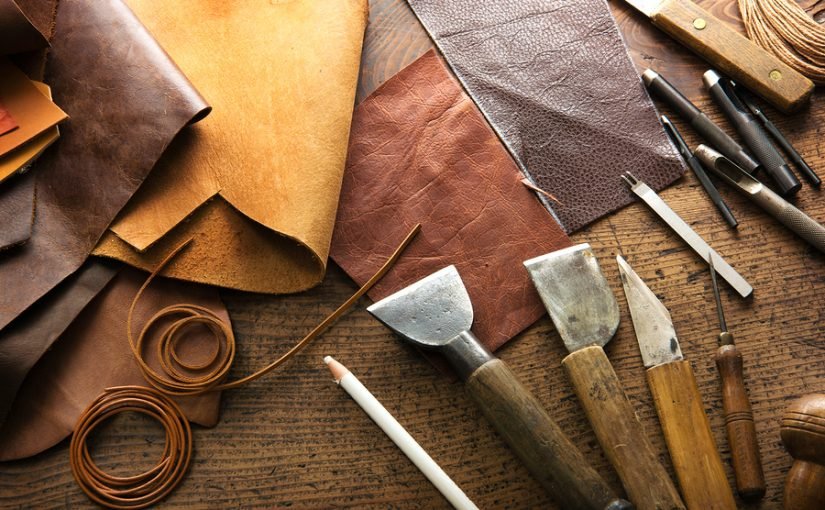The Art of Crafting Handmade Leather Journals

Leather journals have been cherished for centuries for their durability, elegance, and the tactile pleasure they provide. In an age where digital dominates, the timeless appeal of a handmade leather journal offers a return to the tangible and personal. This article delves into the meticulous process of crafting these journals, from selecting the finest leather to the final touches that make each journal unique.
The Process of Crafting Leather Journals:-
Selecting the Leather

Cutting and Preparing the Leather
Once the leather is selected, it is cut into the desired size for the journal cover. Precision is crucial at this stage to ensure the cover fits perfectly over the journal’s pages. The edges of the leather are then beveled to create a smooth, finished look.
- Measuring and Marking: Accurate measurements ensure the cover will fit perfectly.
- Cutting: Using sharp knives or rotary cutters for clean edges.
- Beveling: Smoothing the edges for a polished appearance.

The journey of a handmade leather journal begins with the careful selection of leather. Artisans typically choose high-quality, full-grain or top-grain leather due to its durability and natural beauty. Full-grain leather, which retains the natural grain and imperfections of the hide, is particularly prized for its character and ability to develop a rich patina over time.
- Full-Grain Leather: The most durable and least processed, maintaining the natural texture.
- Top-Grain Leather: Slightly sanded to remove imperfections, providing a smoother finish.
- Genuine Leather: Lower quality, often used for less expensive products.

Adding Personal Touches and Finishes
The final steps in creating a handmade leather journal involve adding personal touches and finishes. This can include embossing or debossing designs, initials, or logos onto the leather. The journal can also be dyed or painted to achieve the desired color and finish.
- Embossing/Debossing: Adding raised or recessed designs.
- Dyeing/Painting: Customizing the color.
- Finishing: Applying conditioners or waxes to protect the leather and enhance its look.
Importance of Handmade Craftsmanship
Unique Characteristics
Every handmade leather journal is unique. The natural variations in the leather, combined with the artisan’s personal touch, ensure that no two journals are exactly alike. This uniqueness adds to the charm and value of each piece.
Skill and Dedication
The craftsmanship involved in making a leather journal by hand requires significant skill and dedication. Artisans often spend years honing their techniques to achieve the perfect balance of form and function.
- Experience: Years of practice to master the craft.
- Attention to Detail: Ensuring every stitch and cut is perfect.
